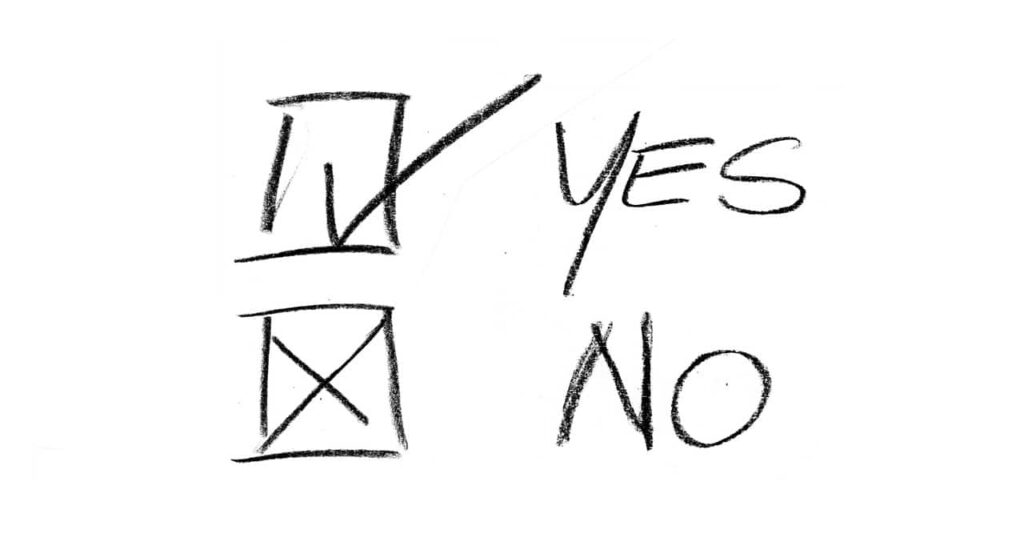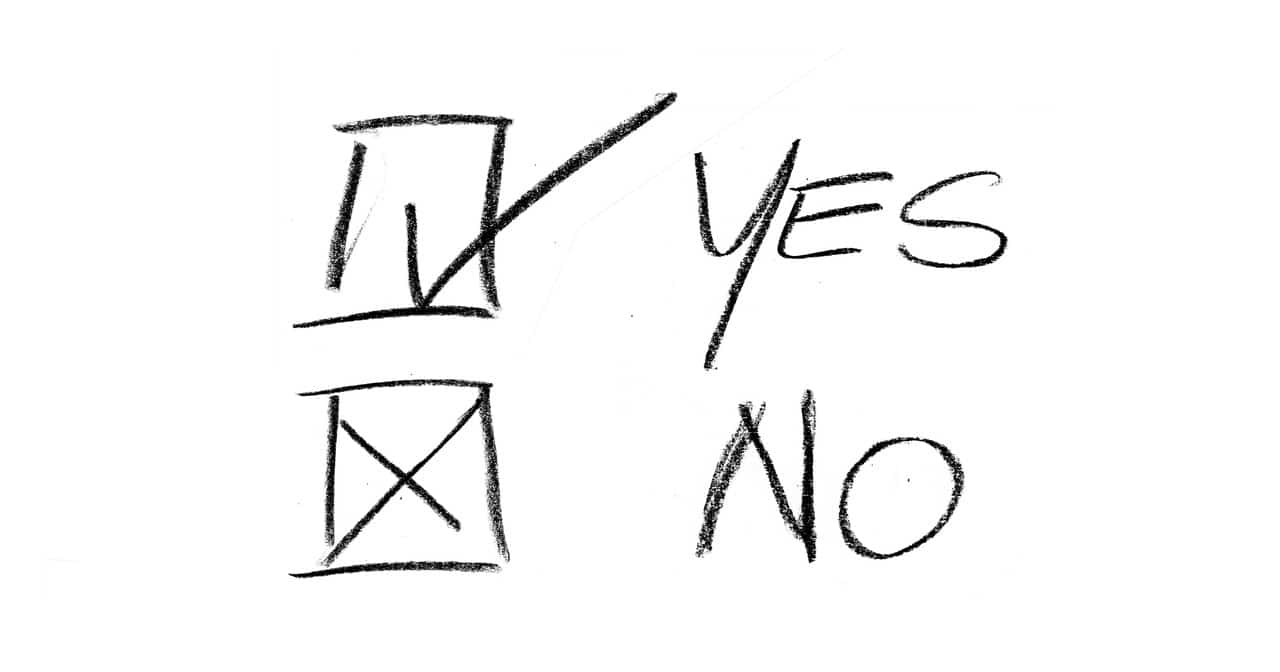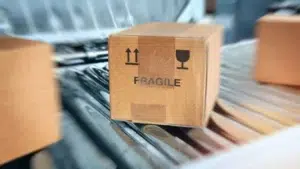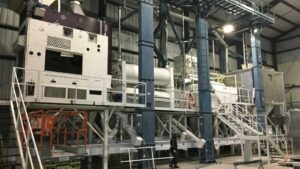Create something so you never have to say no.
It’s become the mantra in seed processing, and for good reason. You don’t want to build a facility where you have to turn someone down — having the flexibility to say yes to every opportunity someone brings to you is key to success these days. This speaks to the second fundamental you need to consider when upgrading or building a new plant — capability.
In our previous column — the first class of Seed Processing 101 — Mark Metcalfe spoke to the importance of understanding capacity, and why knowing how much your plant needs to be able to handle is the first step to beginning any project on an upgrade or new build. Once you determine capacity needs, you need to determine what you want your plant to do. With modern technology and the right know-how, you shouldn’t ever have to say no to a business opportunity.
It boils down to one word: capability.
People often think that when they retrofit a facility, things have to be done a certain way because that’s how the piping is and there’s only so much room for something. What we bring is a fresh set of eyes and ask, “Do you have to do it that way? Does that bottleneck really exist?”
Having the conversation on process flow is a great way to start as opposed to going right into the existing mill and looking at the limitations that exist at the moment. People often acquire blinders over time and think, “Well, I can’t fit a square peg into a round hole so there’s really no hope of improving this.” The thing is, maybe we can make the peg round, or the hole square. Or maybe that old peg-hole system isn’t needed at all anymore.
Modern equipment is flexible — it could be as simple as just adding a simple two-way valve in some cases, which allows you to skip a piece of equipment so you can be more gentle with the product.
Even if you’re building a whole new plant, looking at process flow as the first step can make all the difference. What business opportunities do you want to be able to take advantage of? Ensuring you have the right equipment capable of doing what you need it to do means you’ll have a plant that never requires to you say no.
Case in point: I worked with a seed grower who built a seed plant with capability in mind. One day a gluten-free oat miller approached him and said, “I have a problem, and I need your help to try to fix it.” The miller had oats that wouldn’t meet the standard for gluten-free due to wheat contamination.
Because this seed grower had a full suite of equipment that gave him the capability to remove those wheat kernels (an optical sorter with some special cameras), they could take that food grade oat product and mill and get it within tolerance of being gluten-free, so the miller can now introduce it into their product.
Those seed growers had the capability of meeting a certain quality standard that meant they didn’t have to say no to a business opportunity. This feeds right into the third session of Seed Processing 101 — understanding the importance of quality. Join us next time as we bring things full circle.










